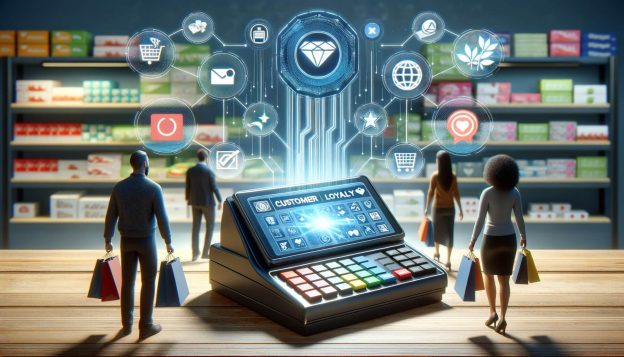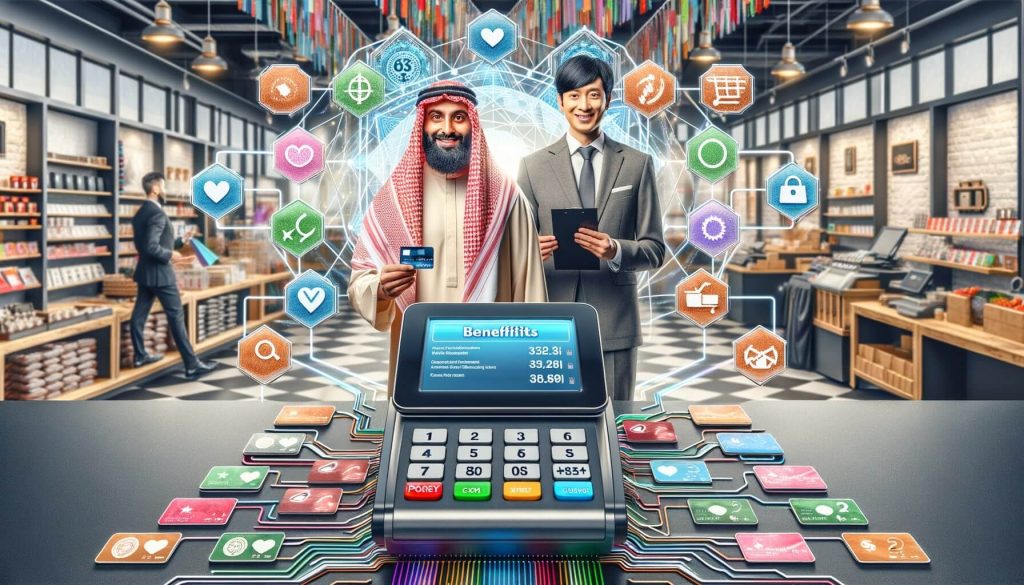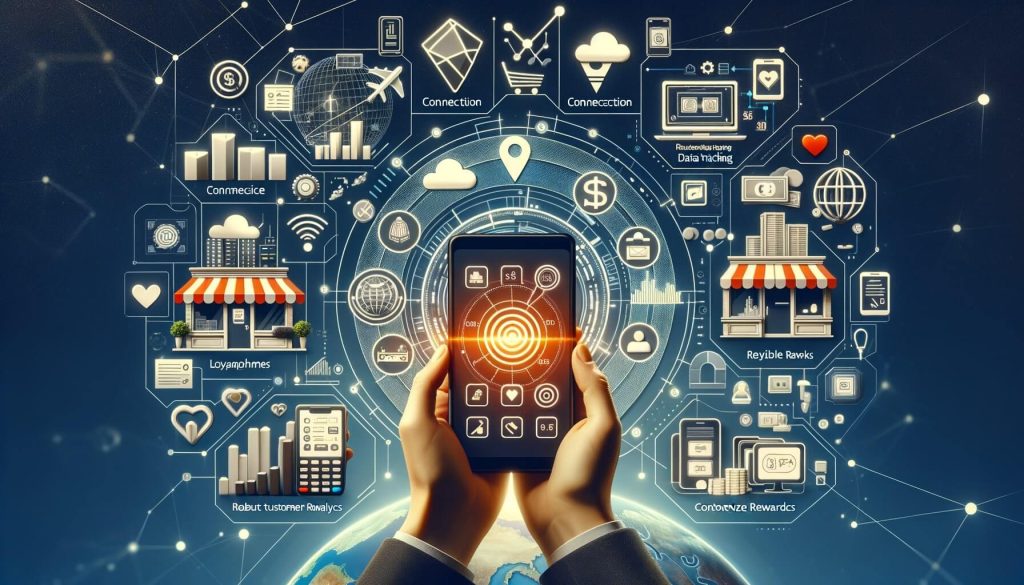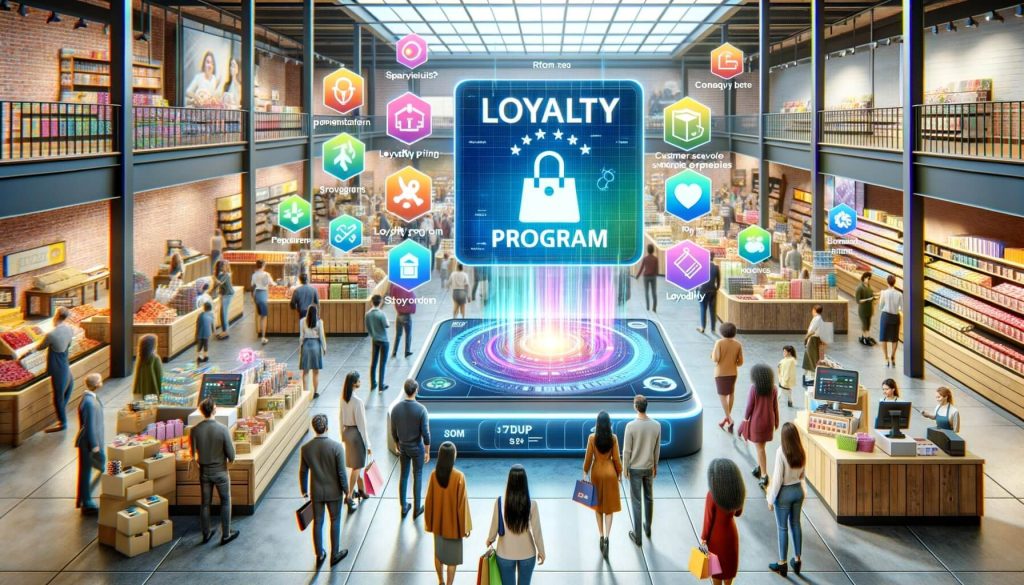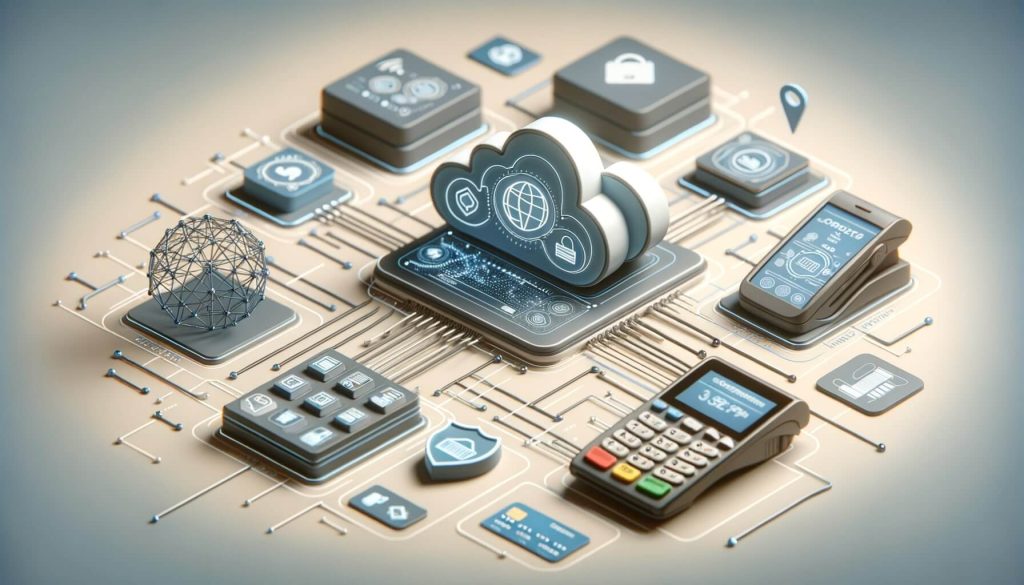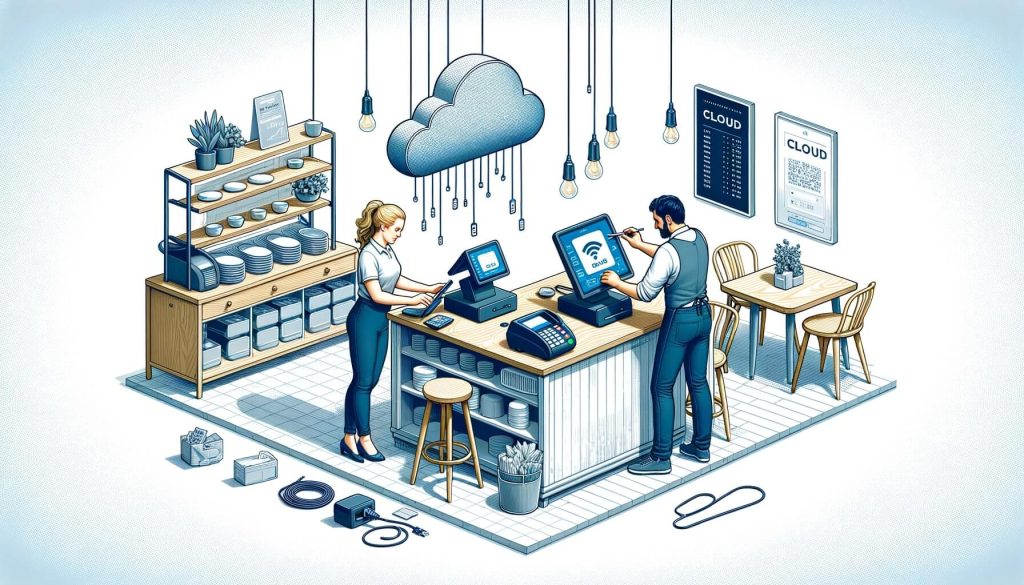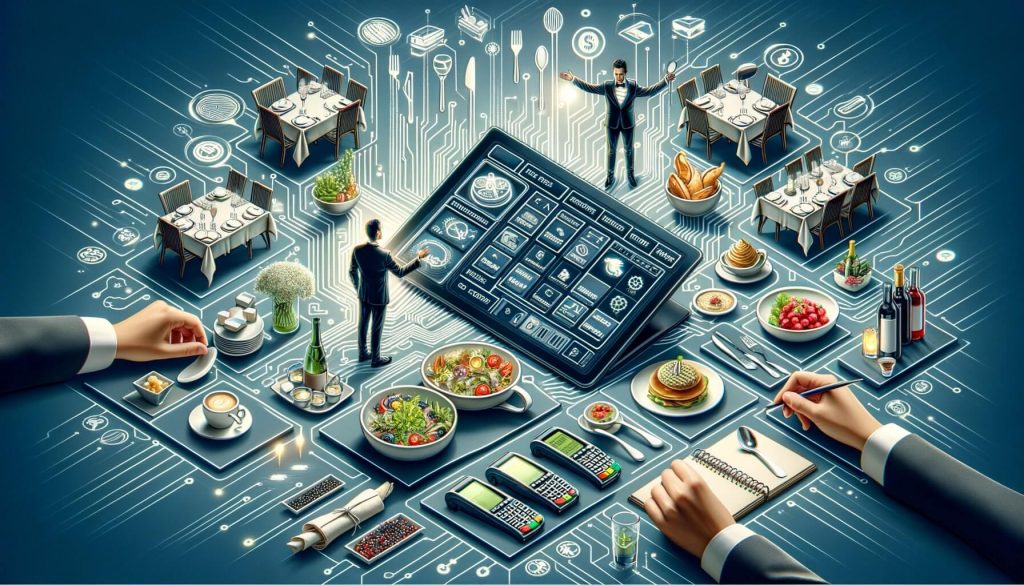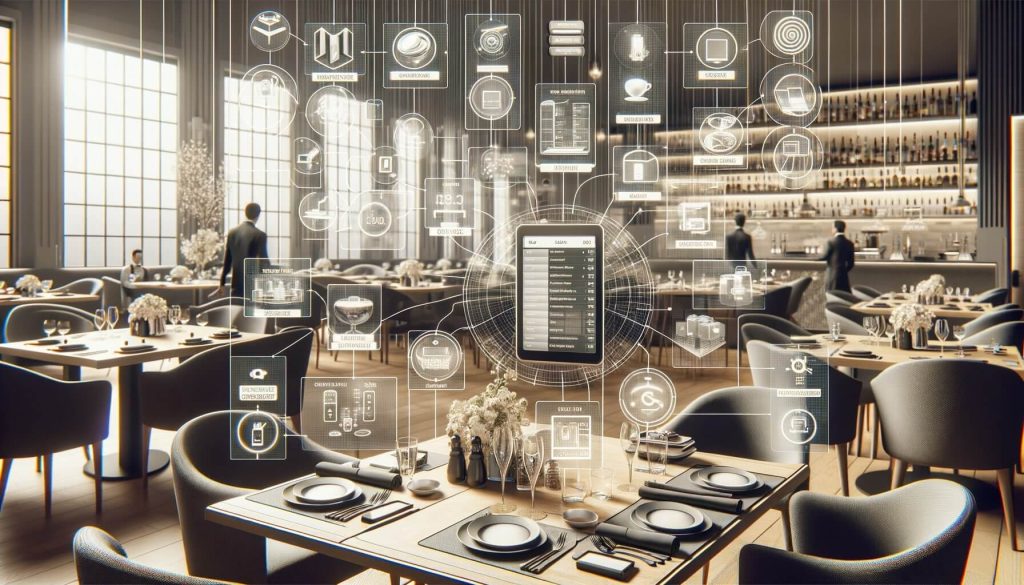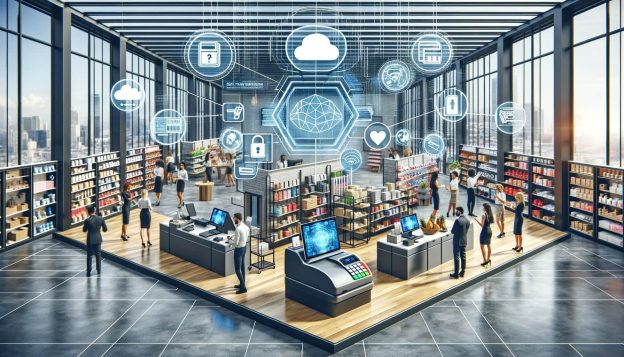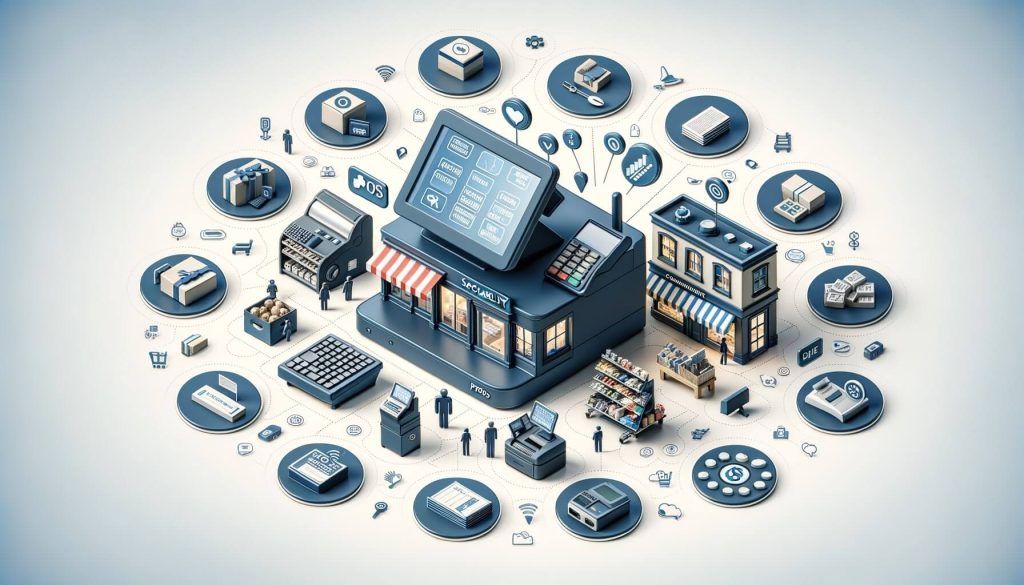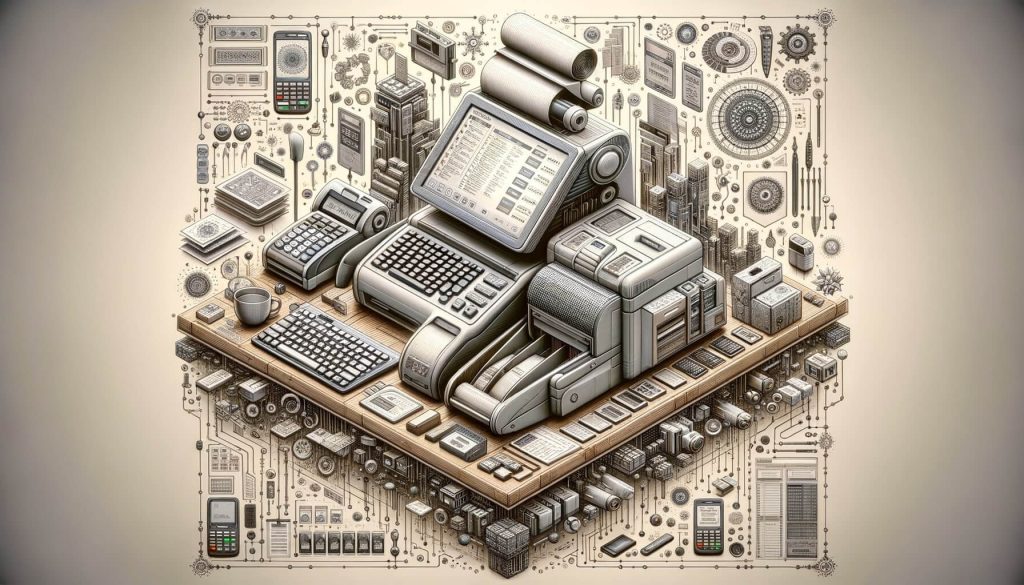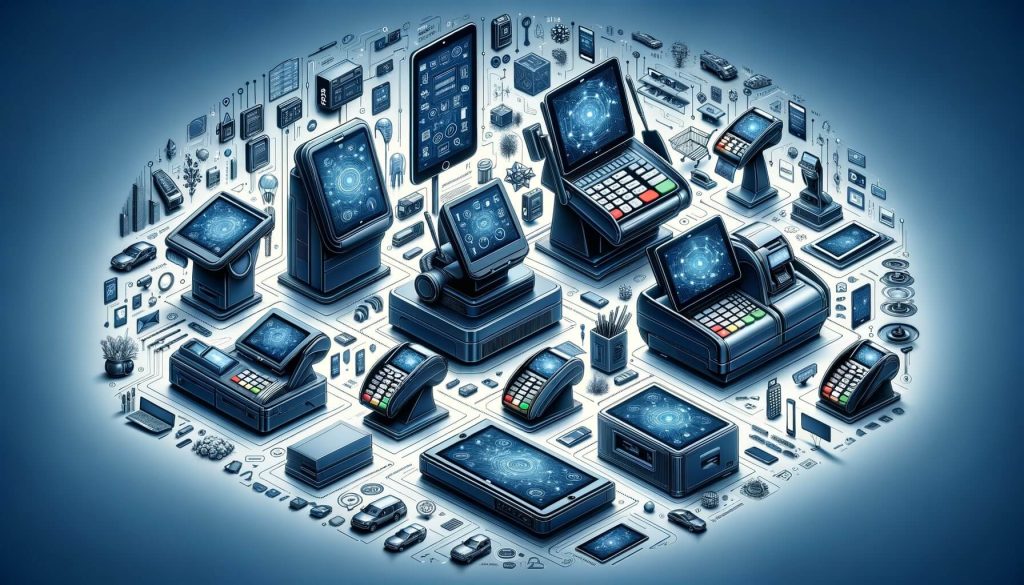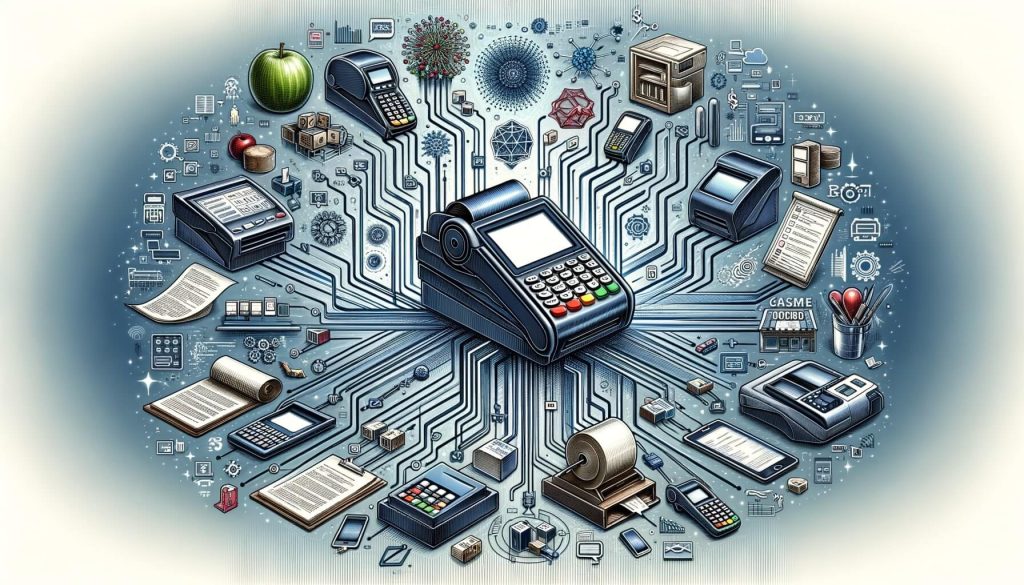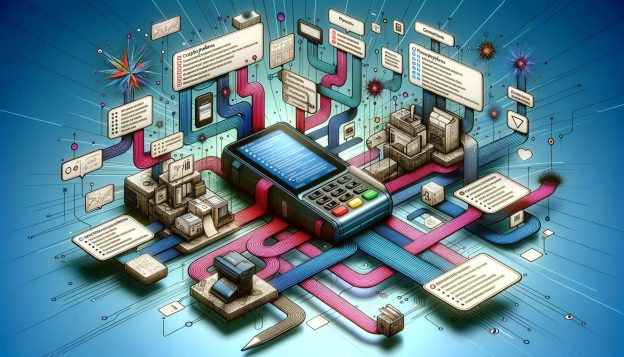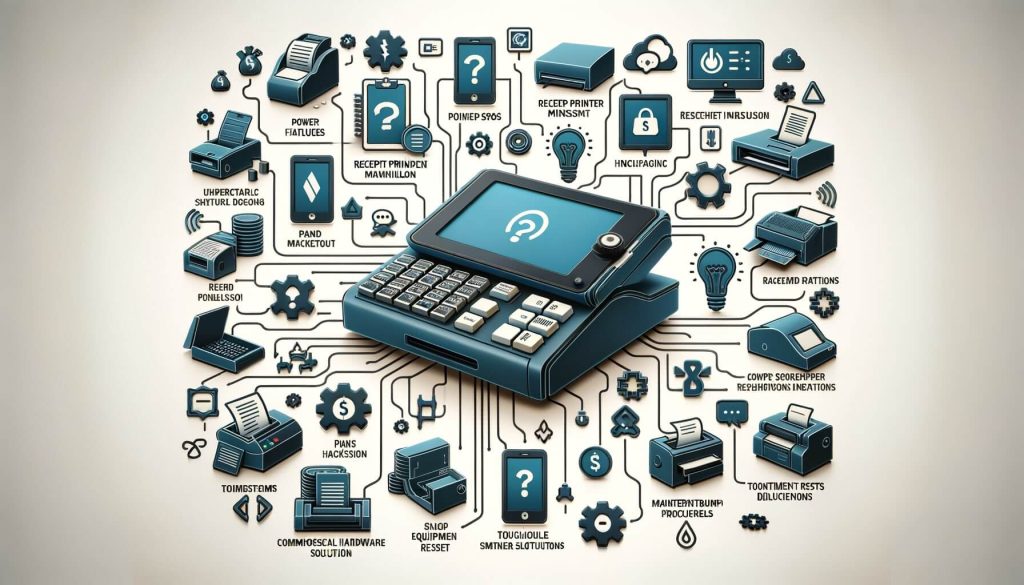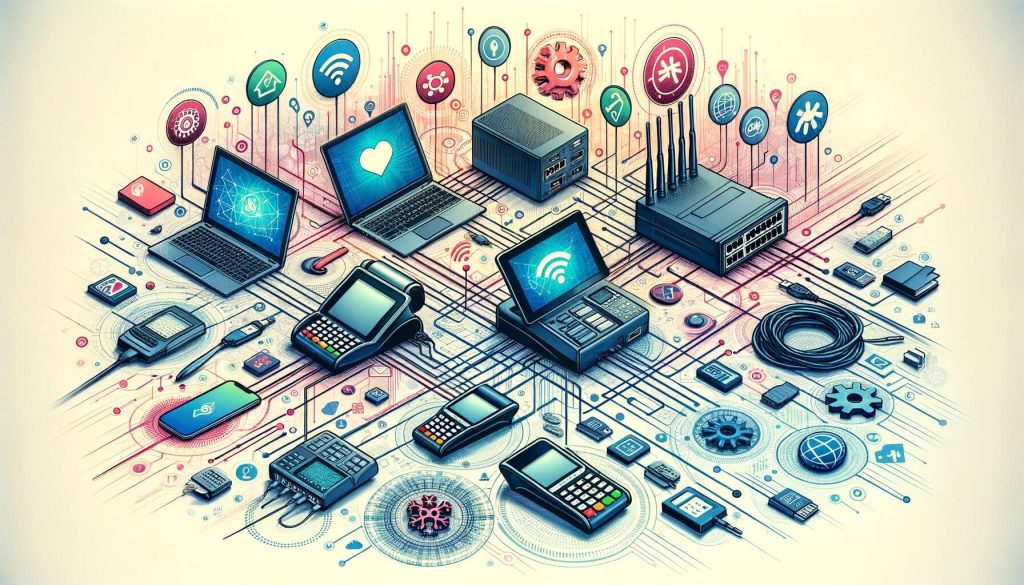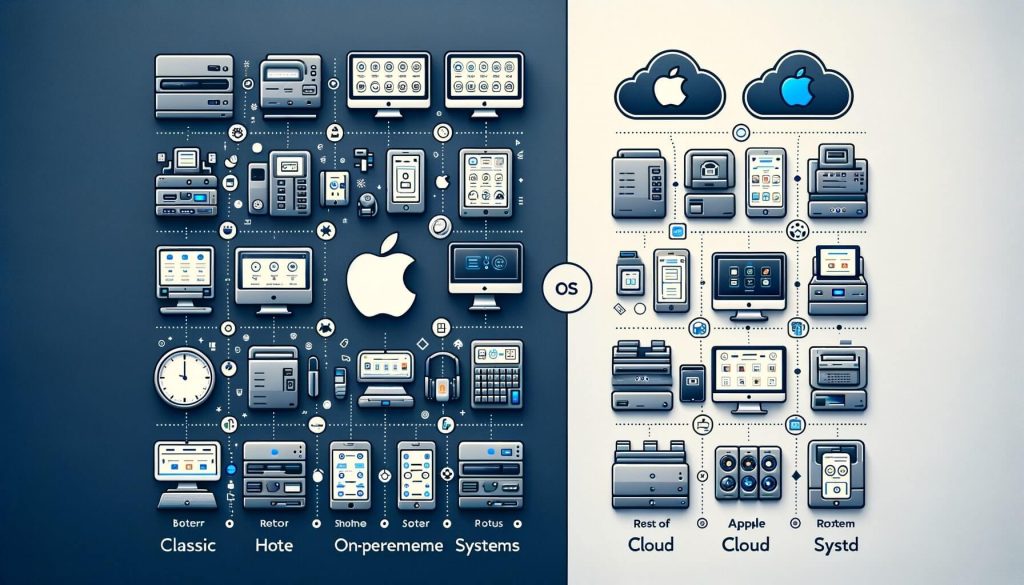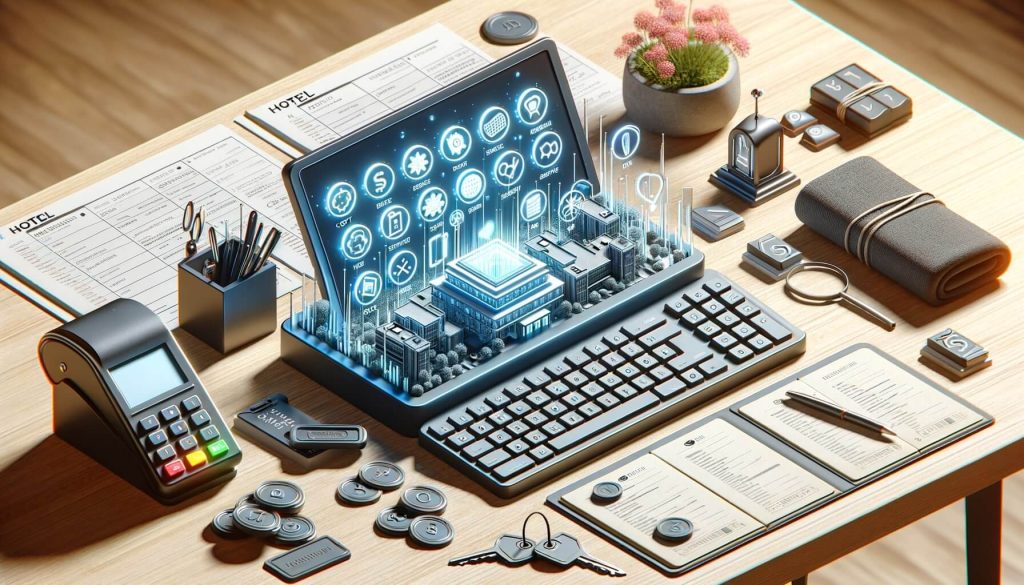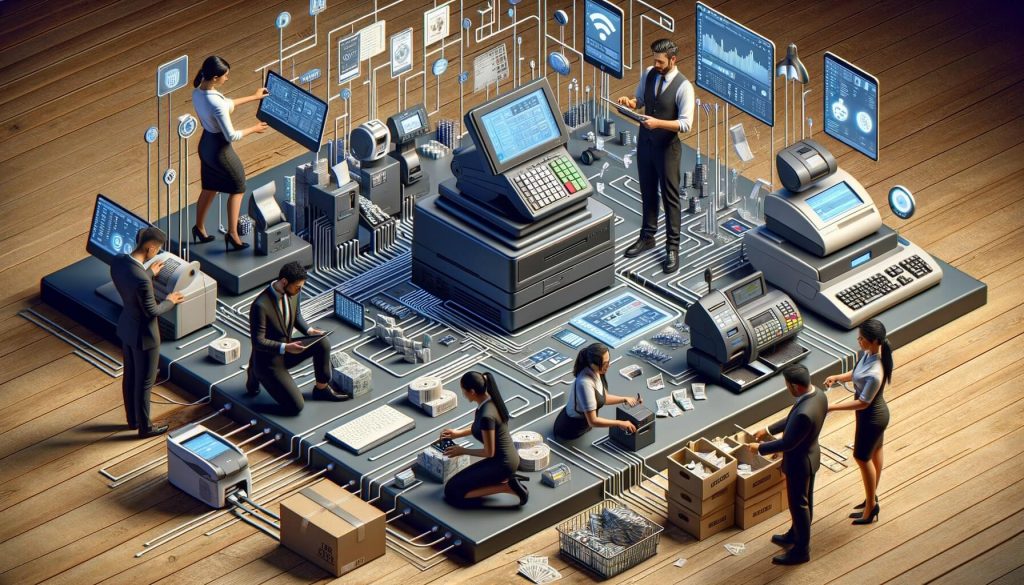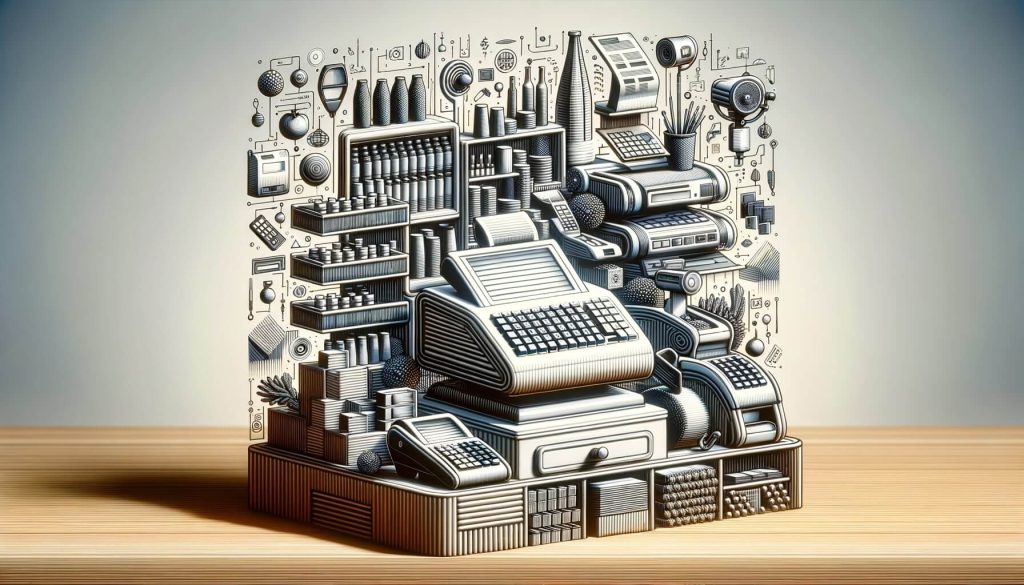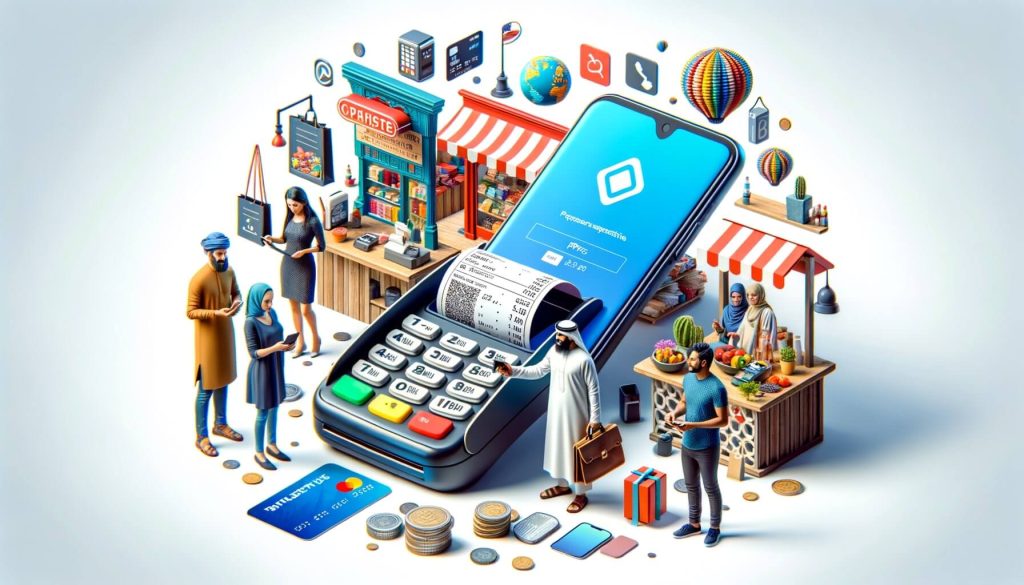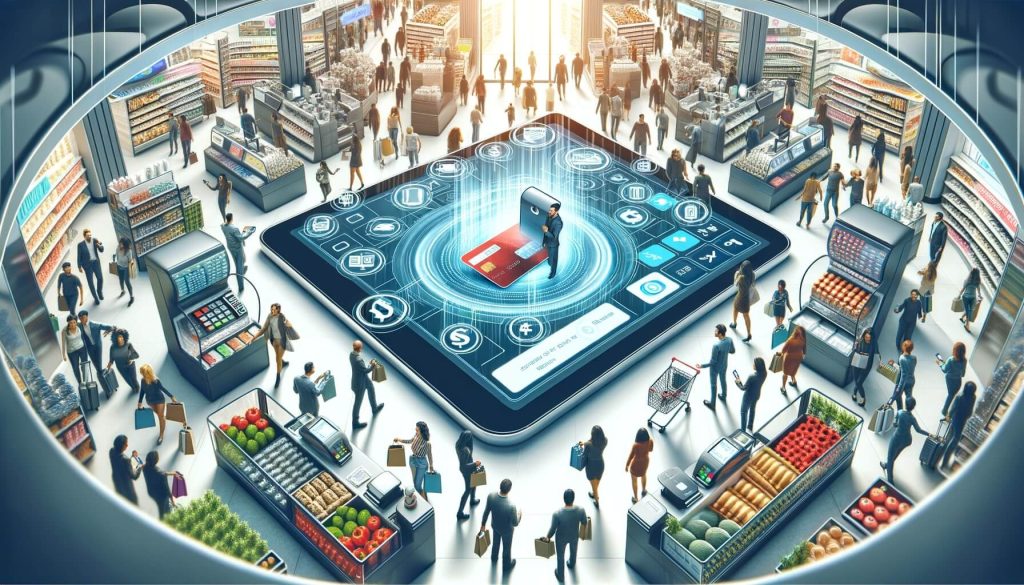In today’s fast-paced retail environment, efficient inventory management is crucial for the success of any business. One of the most effective tools for managing inventory is a Point of Sale (POS) system. A POS system not only helps in processing sales transactions but also provides valuable insights into inventory levels, sales trends, and customer behavior.
In this article, we will explore the benefits of implementing a POS system for inventory management, key features to look for in a POS system, how to choose the right system for your business, setting up and configuring a POS system, best practices for effective inventory management, integrating a POS system with other business tools, common challenges, and solutions, and frequently asked questions.
Benefits of Implementing a POS System for Inventory Management

Implementing a POS system for inventory management offers numerous benefits for businesses of all sizes. Let’s delve into some of the key advantages:
1. Real-time Inventory Tracking: A POS system allows businesses to track inventory levels in real-time. This means that as soon as a sale is made, the system automatically updates the inventory count, providing accurate and up-to-date information on stock levels. This real-time tracking helps businesses avoid stockouts and overstocking, leading to improved customer satisfaction and reduced carrying costs.
2. Streamlined Purchasing Process: With a POS system, businesses can automate their purchasing process. The system can generate purchase orders based on predefined reorder points or sales trends, ensuring that inventory is replenished in a timely manner. This streamlines the purchasing process, reduces manual errors, and saves time for business owners and employees.
3. Enhanced Sales Analysis: A POS system provides detailed sales reports and analytics, allowing businesses to gain insights into their sales performance. By analyzing these reports, businesses can identify their best-selling products, slow-moving items, and seasonal trends. This information helps in making informed decisions about inventory management, pricing strategies, and marketing campaigns.
4. Improved Efficiency and Accuracy: Manual inventory management processes are prone to errors and can be time-consuming. A POS system automates many inventory-related tasks, such as stock counting, order processing, and data entry. This not only improves efficiency but also reduces the risk of human errors, ensuring accurate inventory records.
5. Integration with Accounting Systems: Many POS systems offer integration with accounting software, such as QuickBooks or Xero. This integration eliminates the need for manual data entry and ensures that financial records are up-to-date and accurate. It also simplifies the reconciliation process and provides a holistic view of the business’s financial health.
Key Features to Look for in a POS System for Inventory Management

When choosing a POS system for inventory management, it is important to consider the following key features:
1. Inventory Tracking: The POS system should have robust inventory tracking capabilities, allowing businesses to track stock levels, set reorder points, and generate reports on stock movement.
2. Barcode Scanning: Barcode scanning functionality enables quick and accurate product identification and reduces the risk of errors during the sales process.
3. Purchase Order Management: The POS system should have the ability to generate purchase orders based on predefined reorder points or sales trends. It should also allow businesses to track the status of purchase orders and receive goods against them.
4. Sales Reporting and Analytics: The POS system should provide comprehensive sales reports and analytics, allowing businesses to analyze sales performance, identify trends, and make data-driven decisions.
5. Integration with E-commerce Platforms: If your business operates both online and offline, it is important to choose a POS system that integrates seamlessly with your e-commerce platform. This integration ensures that inventory levels are synchronized across all sales channels, preventing overselling or stockouts.
6. Multi-location Support: If your business has multiple locations, it is essential to choose a POS system that supports multi-location inventory management. This allows businesses to track inventory across different locations, transfer stock between stores, and view consolidated reports.
7. Mobile Accessibility: A POS system with mobile accessibility enables businesses to manage inventory on the go. This is particularly useful for businesses that participate in trade shows, pop-up shops, or have mobile sales teams.
How to Choose the Right POS System for Your Business
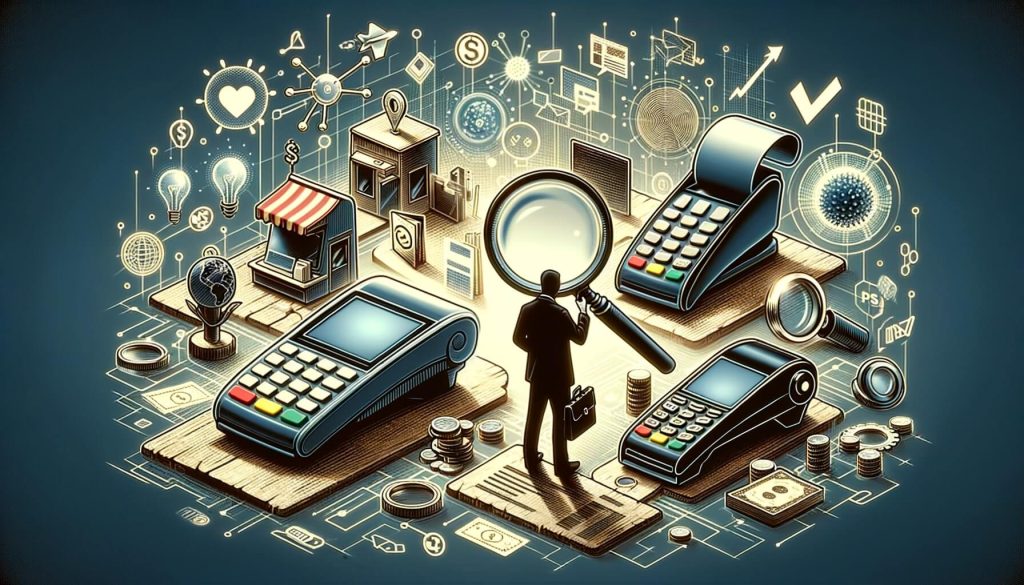
Choosing the right POS system for your business can be a daunting task, given the wide range of options available in the market. Here are some steps to help you make an informed decision:
1. Assess Your Business Needs: Start by assessing your business’s specific inventory management needs. Consider factors such as the size of your inventory, number of sales channels, and integration requirements with other business tools.
2. Research Different POS Systems: Conduct thorough research on different POS systems available in the market. Read reviews, compare features, and consider the reputation and reliability of the vendors.
3. Consider Scalability: Choose a POS system that can scale with your business. Consider factors such as the number of products you plan to sell in the future, the potential for expansion into new sales channels or locations, and the system’s ability to handle increased transaction volumes.
4. Evaluate Integration Capabilities: If you already use other business tools, such as accounting software or e-commerce platforms, ensure that the POS system you choose integrates seamlessly with these tools. This integration eliminates the need for manual data entry and ensures data consistency across different systems.
5. Test the System: Before making a final decision, request a demo or trial of the POS system. This will allow you to test its user interface, functionality, and ease of use. Involve your employees in the testing process to gather their feedback and ensure that the system meets their needs.
6. Consider Customer Support: Choose a POS system that offers reliable customer support. Look for vendors that provide phone, email, or live chat support, as well as comprehensive documentation and training resources.
Setting Up and Configuring a POS System for Inventory Management

Once you have chosen a POS system for inventory management, the next step is to set it up and configure it according to your business needs. Here are some steps to guide you through the process:
1. Define Your Product Catalog: Start by defining your product catalog in the POS system. This includes entering product names, descriptions, prices, and any other relevant information. If you have a large number of products, consider using import tools provided by the POS system to speed up the process.
2. Set Up Inventory Tracking: Configure the inventory tracking settings in the POS system. This includes setting up reorder points, safety stock levels, and any other inventory management rules specific to your business.
3. Barcode Generation: If your products do not have barcodes, you will need to generate and assign unique barcodes to each item. This can be done using barcode generation tools provided by the POS system or by outsourcing the barcode generation process.
4. Train Your Employees: Provide comprehensive training to your employees on how to use the POS system for inventory management. This includes training them on how to process sales, update inventory levels, generate reports, and perform other inventory-related tasks.
5. Test the System: Before going live with the POS system, conduct thorough testing to ensure that everything is working as expected. Test different scenarios, such as processing sales, updating inventory levels, and generating reports, to identify any potential issues or areas for improvement.
6. Data Migration: If you are transitioning from a manual inventory management system or another POS system, you will need to migrate your existing inventory data to the new system. This can be done using data import tools provided by the POS system or by working with the vendor’s support team.
Best Practices for Effective Inventory Management with a POS System
To make the most of your POS system for inventory management, it is important to follow best practices. Here are some tips to help you effectively manage your inventory:
1. Regularly Update Inventory: Make it a habit to update your inventory levels in the POS system on a regular basis. This includes updating stock counts, marking items as out of stock, and adding new products to the system. Regular updates ensure that your inventory records are accurate and up-to-date.
2. Conduct Regular Stock Audits: Schedule regular stock audits to reconcile your physical inventory with the inventory recorded in the POS system. This helps identify any discrepancies or issues, such as theft, damaged goods, or data entry errors.
3. Optimize Reorder Points: Continuously monitor your sales trends and adjust your reorder points accordingly. This ensures that you replenish inventory in a timely manner, avoiding stockouts or overstocking.
4. Implement a First-In, First-Out (FIFO) System: If you sell perishable or time-sensitive products, such as food or cosmetics, implement a First-In, First-Out (FIFO) system. This means that the oldest stock is sold first, reducing the risk of spoilage or obsolescence.
5. Use Sales Reports for Demand Forecasting: Utilize the sales reports and analytics provided by your POS system to forecast demand for different products. This helps in making informed decisions about inventory levels, pricing, and promotions.
6. Train Employees on Proper Inventory Handling: Train your employees on proper inventory handling techniques, such as how to handle fragile items, how to store products to prevent damage, and how to accurately count stock. This reduces the risk of inventory shrinkage and ensures that your inventory records are accurate.
Integrating a POS System with Other Business Tools for Seamless Inventory Management
To streamline your inventory management processes further, consider integrating your POS system with other business tools. Here are some common integrations that can enhance the efficiency of your inventory management:
1. Accounting Software Integration: Integrating your POS system with accounting software, such as QuickBooks or Xero, eliminates the need for manual data entry and ensures that financial records are up-to-date and accurate. This integration simplifies the reconciliation process and provides a holistic view of your business’s financial health.
2. E-commerce Platform Integration: If you sell products both online and offline, integrating your POS system with your e-commerce platform is essential. This integration ensures that inventory levels are synchronized across all sales channels, preventing overselling or stockouts.
3. Warehouse Management System Integration: If you have a warehouse or distribution center, integrating your POS system with a warehouse management system (WMS) can streamline your inventory management processes. This integration allows for real-time inventory updates, efficient order fulfillment, and improved warehouse efficiency.
4. Customer Relationship Management (CRM) Integration: Integrating your POS system with a CRM system enables you to track customer purchase history, preferences, and behavior. This information can be used to personalize marketing campaigns, improve customer service, and drive customer loyalty.
5. Analytics and Reporting Tools Integration: Integrating your POS system with analytics and reporting tools, such as Google Analytics or Tableau, allows you to gain deeper insights into your sales performance and customer behavior. This integration enables you to create customized reports and dashboards, helping you make data-driven decisions.
Common Challenges and Solutions in Using POS Systems for Inventory Management
While POS systems offer numerous benefits for inventory management, they can also present some challenges. Here are some common challenges and their solutions:
1. Data Accuracy: Maintaining accurate inventory data can be challenging, especially if there are multiple employees involved in the inventory management process. To address this challenge, implement strict inventory management procedures, provide comprehensive training to employees, and conduct regular stock audits.
2. System Downtime: System downtime can disrupt your inventory management processes and impact sales. To minimize the risk of system downtime, choose a reliable POS system vendor that offers robust technical support and regular system updates. Consider implementing backup systems or redundant hardware to ensure business continuity.
3. Integration Issues: Integrating a POS system with other business tools can sometimes be complex, especially if the systems have different data formats or APIs. To overcome integration issues, work closely with your POS system vendor and the vendors of the other tools to ensure seamless data flow between systems. Consider using middleware or integration platforms to simplify the integration process.
4. Employee Training: Training employees on how to use the POS system for inventory management can be time-consuming and challenging. To address this challenge, provide comprehensive training materials, conduct regular refresher training sessions, and assign a dedicated point of contact for employees to reach out to for assistance.
5. Scalability: As your business grows, you may need to scale your inventory management processes. To ensure scalability, choose a POS system that can handle increased transaction volumes, supports multi-location inventory management, and offers robust reporting and analytics capabilities.
Frequently Asked Questions
Q1. Can a POS system help prevent stockouts?
Yes, a POS system can help prevent stockouts by providing real-time inventory tracking and generating alerts when stock levels reach predefined reorder points. This allows businesses to replenish inventory in a timely manner, ensuring that popular products are always available for customers.
Q2. Can a POS system help reduce inventory carrying costs?
Yes, a POS system can help reduce inventory carrying costs by providing accurate and up-to-date inventory information. Businesses can avoid overstocking by analyzing sales trends and setting optimal reorder points. This helps in minimizing excess inventory and reducing carrying costs.
Q3. Can a POS system help improve customer satisfaction?
Yes, a POS system can help improve customer satisfaction by ensuring that popular products are always in stock. Real-time inventory tracking allows businesses to avoid stockouts, leading to increased customer satisfaction and loyalty.
Q4. Can a POS system help with demand forecasting?
Yes, a POS system can help with demand forecasting by providing detailed sales reports and analytics. Businesses can analyze sales trends, identify seasonal patterns, and forecast demand for different products. This helps in making informed decisions about inventory levels, pricing, and promotions.
Q5. Can a POS system be used for multi-location inventory management?
Yes, many POS systems offer support for multi-location inventory management. This allows businesses to track inventory across different locations, transfer stock between stores, and view consolidated reports.
Conclusion
Using a POS system for inventory management offers numerous benefits for businesses, including real-time inventory tracking, streamlined purchasing processes, enhanced sales analysis, improved efficiency and accuracy, and integration with other business tools. When choosing a POS system, it is important to consider key features such as inventory tracking, barcode scanning, purchase order management, sales reporting and analytics, integration capabilities, and mobile accessibility.
Setting up and configuring a POS system involves defining the product catalog, setting up inventory tracking, generating barcodes, training employees, and conducting thorough testing. To effectively manage inventory, businesses should regularly update inventory, conduct stock audits, optimize reorder points, implement a FIFO system, use sales reports for demand forecasting, and train employees on proper inventory handling.
Integrating a POS system with other business tools, such as accounting software, e-commerce platforms, warehouse management systems, CRM systems, and analytics tools, can further streamline inventory management processes. While using a POS system may present challenges such as data accuracy, system downtime


